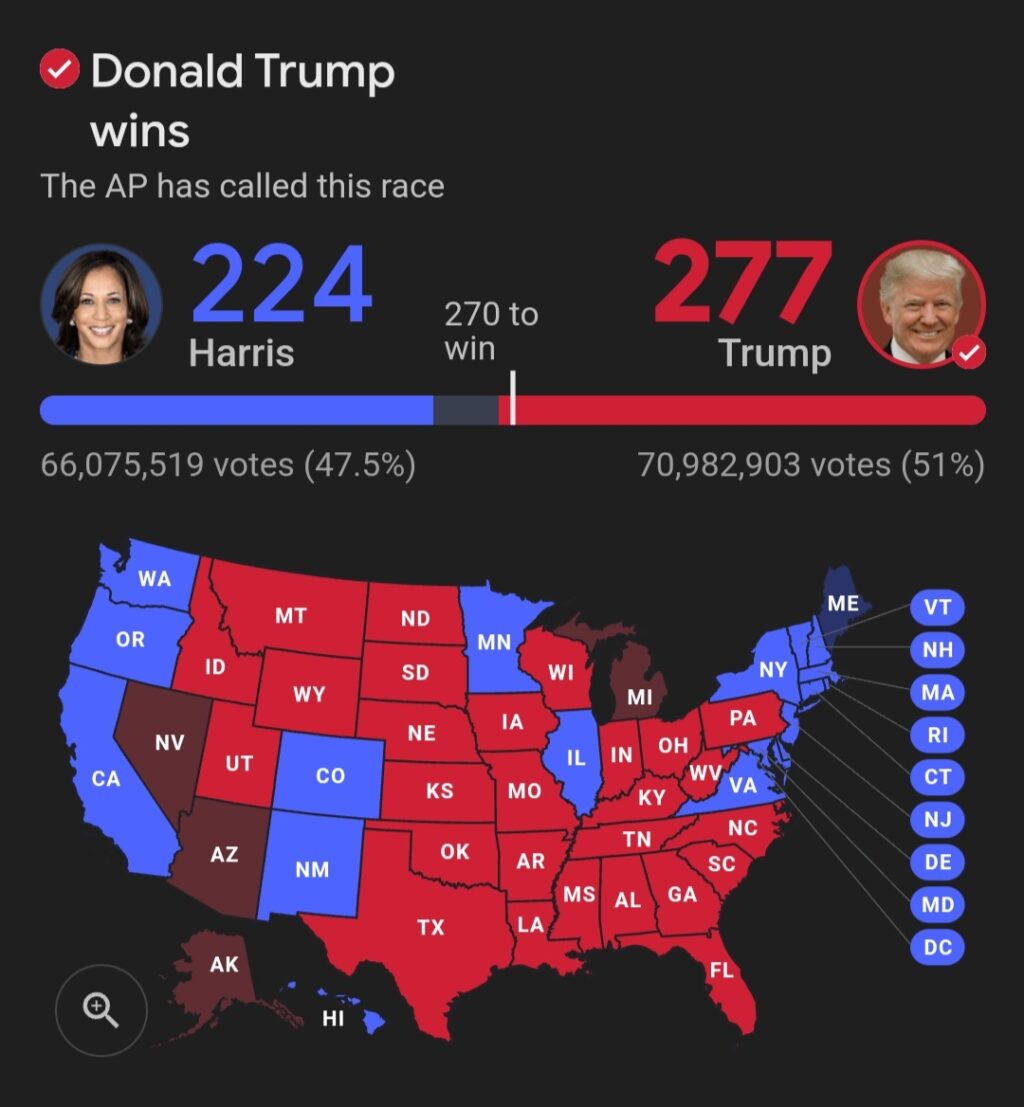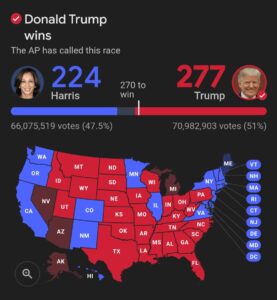
As the 2024 U.S. presidential election approaches, polls are showing a closely contested race, primarily between Kamala Harris, representing the Democratic Party, and former President Donald Trump, the Republican front-runner. The dynamics are evolving as independent candidate Robert F. Kennedy Jr. has entered the race, adding a unique element to the typical two-party system. Here’s an analysis of who is currently leading in the 2024 polls and what this could mean for Election Day.
National Polling Overview
National polling averages reveal that the race between Harris and Trump is highly competitive. As of recent updates, Harris is holding a slight edge over Trump in the national averages, but the difference is narrow. The Electoral College, however, remains the ultimate decider in U.S. presidential elections, which means that winning key battleground states will be essential for either candidate to secure the presidency.
Key Battleground States
The current polling highlights several crucial battleground states, including Arizona, Georgia, and Pennsylvania, where voter support could tip either way. Many of these states are marked as “toss-ups,” meaning neither candidate has a strong lead, and both parties are actively campaigning to sway undecided voters. According to data from the Financial Times, states where candidates lead by less than five percentage points are considered toss-ups, adding pressure on both Harris and Trump to focus heavily on these regions.
The Impact of Robert F. Kennedy Jr.
Robert F. Kennedy Jr., now running as an independent, has added an unexpected twist to this election cycle. Some polls suggest that Kennedy’s presence could impact Trump more significantly by drawing votes from traditionally conservative voters who are dissatisfied with both major parties. This influence could provide a slight advantage to Harris, though it’s still unclear how much Kennedy’s candidacy will change the final outcome. Stay updated with more detailed coverage at The Hill.
Electoral College Pathways
To secure a victory, a candidate needs 270 Electoral College votes. With Harris slightly leading nationally but facing tight races in several swing states, both campaigns are gearing up for a state-by-state battle. This close race highlights the potential for shifts based on voter turnout, last-minute campaign efforts, and potential debates between the candidates, which may sway undecided voters.
Conclusion
The 2024 U.S. presidential race is shaping up to be one of the most unpredictable elections in recent history. Harris holds a small lead in the polls, but Trump’s dedicated base and the wildcard candidacy of Robert F. Kennedy Jr. make the outcome far from certain. As Election Day draws nearer, we can expect more fluctuations in the polls, particularly in swing states that are expected to be hotly contested right up to the end. Voters in these critical states will likely decide the next president, making each poll update an essential factor in tracking the race.





